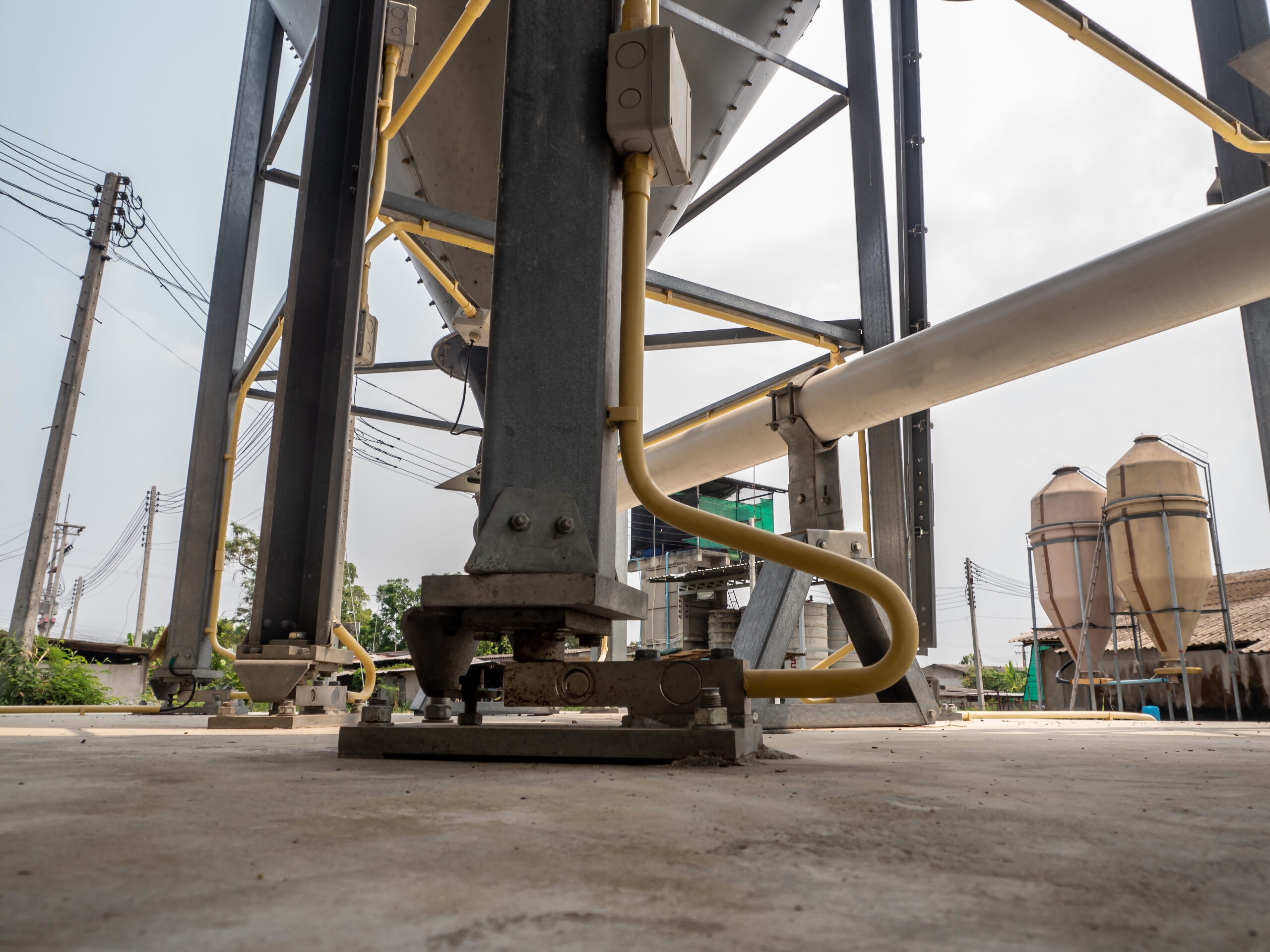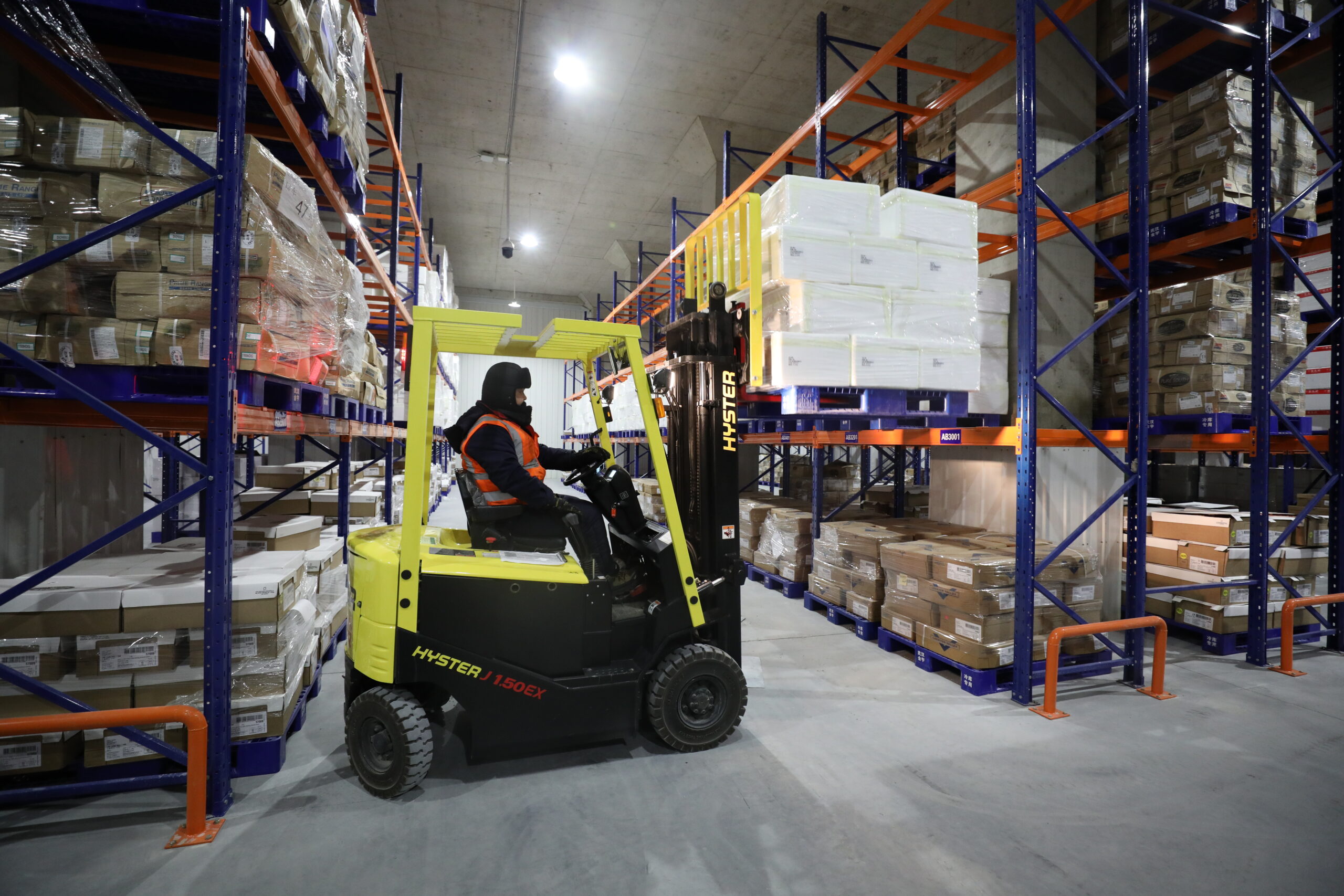The warehouse and logistics industry is rapidly expanding. The demand for a streamlined procedure is enormous, and it may make or break production. With all the advanced technology, a small warehouse kiosk is the ultimate game-changer. These small warehouse kiosks are also referred to as weighing sensor kiosks.
The benefits of a small warehouse kiosk are enormous. They help in reducing errors in inventory and speed up the management process to accelerate the shipping process. Before knowing about the other benefits, let’s get into the nitty-gritty of understanding weighing sensor kiosks. Let’s begin.
Understanding Weighing Sensor Kiosk
Weighing sensor kiosks are sophisticated gadgets that combine sensors and data processing capabilities to precisely weigh items. The interface is user-friendly, and they are usually found in various points within the warehouses, typically in receiving areas, packing stations or shipping docks as small warehouse kiosks.

The fundamental components of a Weighing Sensor Kiosk
Various components in a small warehouse kiosk can complete the weighing sensor kiosk. Read about them.
Load Cells
Load cells are the main sensors responsible for measuring the weight of your product. They are placed with the small warehouse kiosk platform where the weighing takes place.
Data Processing Unit
This component is known as the brain of a small warehouse kiosk. It collects data from the load cells and performs calculations. You can perform calculations to determine the weight of the object being measured. After that wonders happen, it processes the data and communicates it to the user interface.
User Interface
This is the part of the kiosk that interacts with warehouse staff. It can be in the form of a touch screen, a simple display, or a computer. Here, warehouse personnel can input information, read the measurements, and get instructions for the tasks.
Connectivity
There are connectivity options available in some of the small warehouse kiosks. This way, they can effortlessly connect with warehouse management systems and other software tools. Through this, data can be transmitted in real-time, and you can analyse the data.
Setting up Weighing Sensor Kiosks
Create a small warehouse kiosk system that allows you to weigh items accurately using sensor technology.
Define Your Objectives
Begin by identifying the purpose of your small warehouse kiosk. Are you setting it up for commercial or non-commercial use, like a gym?
Choose the Right Location
The next step is selecting a suitable place for your small warehouse kiosks. It should be reachable and placed near an electrical outlet.
Procure the Equipment
Purchase the necessary equipment, including a weighing scale, touchscreen display, a microcontroller, weather-resistant enclosure, internet connection, power source, etc., for your small warehouse kiosk.
Develop the Software
Create software that includes a user-friendly interface, data processing algorithms, payment integration, and data storage features.
Assemble and Install
Set up your small warehouse kiosk by getting together all the essential components and hardware. Mount the touchscreen display with an enclosure. Then, connect all the components to the computer and get it running.

Understanding the concept of streamlining warehouse processes
Small warehouse kiosks have the potential to streamline the management process in multiple sectors. It can be applied systematically to increase the output.
One of the industries manufacturing where you can integrate it into production lines. It will ensure that the products meet proper weight specifications. These devices are used to ensure quality in industries such as food processing and pharmaceuticals.
Shipping and logistics also rely heavily on precise weight measurements. Automated kiosks can simplify the process of weighing packages. This way, you know that your shipments are correctly priced without any errors. It also helps in improving customer satisfaction.
The Role of Weighing Sensor Kiosks in Streamlining Warehouse Process
Now that you understand the process of streamlining warehouses with the help of small warehouse kiosks, read in detail about the benefits of adopting weighing sensor kiosks.
Improved Accuracy
With a small warehouse kiosk, you can enjoy the benefit of eliminating human error in weight measurements. You can get better and more accurate results. There is guaranteed precision in the process.
Time Savings
We can guarantee you that you will observe a significant reduction in time usage to complete each task. Automated weighing procedures can speed up operations and decrease the time spent on weighing each item manually and cross-checking.
Cost Reduction
When you have fewer errors, it ultimately leads to fewer costly mistakes. There are less of chances of mislabeling any product. You can also remove other errors, such as placing wrong shipping charges.
Enhanced Productivity
Now that you have weighing sensors in your warehouses, your staff can focus on more valuable tasks. At the same time, the small warehouse kiosk can handle the weighing task itself.
Real-time Data
The need for data with pin-point accuracy was never more in these changing times where technology advances at an unprecedented rate. You can have real-time weight data access. By using kiosks you are better placed to respond to any changes that come your way.
Improved Customer Satisfaction
Streamlined processes result in faster service and fewer errors, leading to happier customers.
Implementing Weighing Sensor Kiosks for Streamlining process
To successfully implement weighing sensor kiosks in your business, consider the following steps:
Step 1: Begin by assessing your current processes and identifying areas where weighing sensor kiosks can bring the most benefit.
Step 2: Once you have identified the area, select a small warehouse kiosk that aligns with your specific needs.
Step 3: Next, you have to enable the flow of data between the kiosks and other systems. This will ensure seamless integration with your business software.
Step 4: You must also provide comprehensive training for your staff to ensure they can operate the kiosks effectively and troubleshoot any issues.
Conclusion
A small warehouse kiosk is a tool that is changing the overall picture of industries by streamlining the processes. These devices are capable of receiving and managing inventory. If you wish to streamline your order picking and shipping procedure, collect some information regarding sensor kiosk price and invest today. Make your job easy with the latest warehouse kiosk design and make customers happy.



